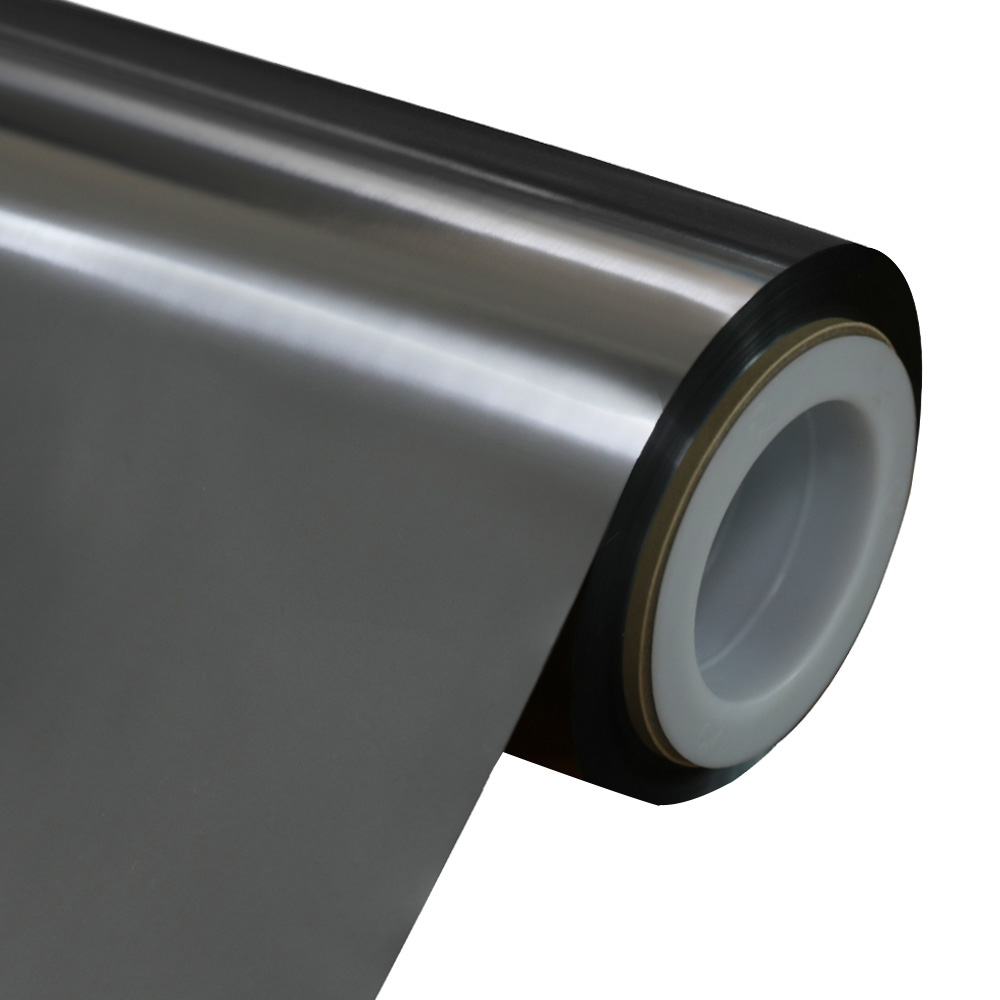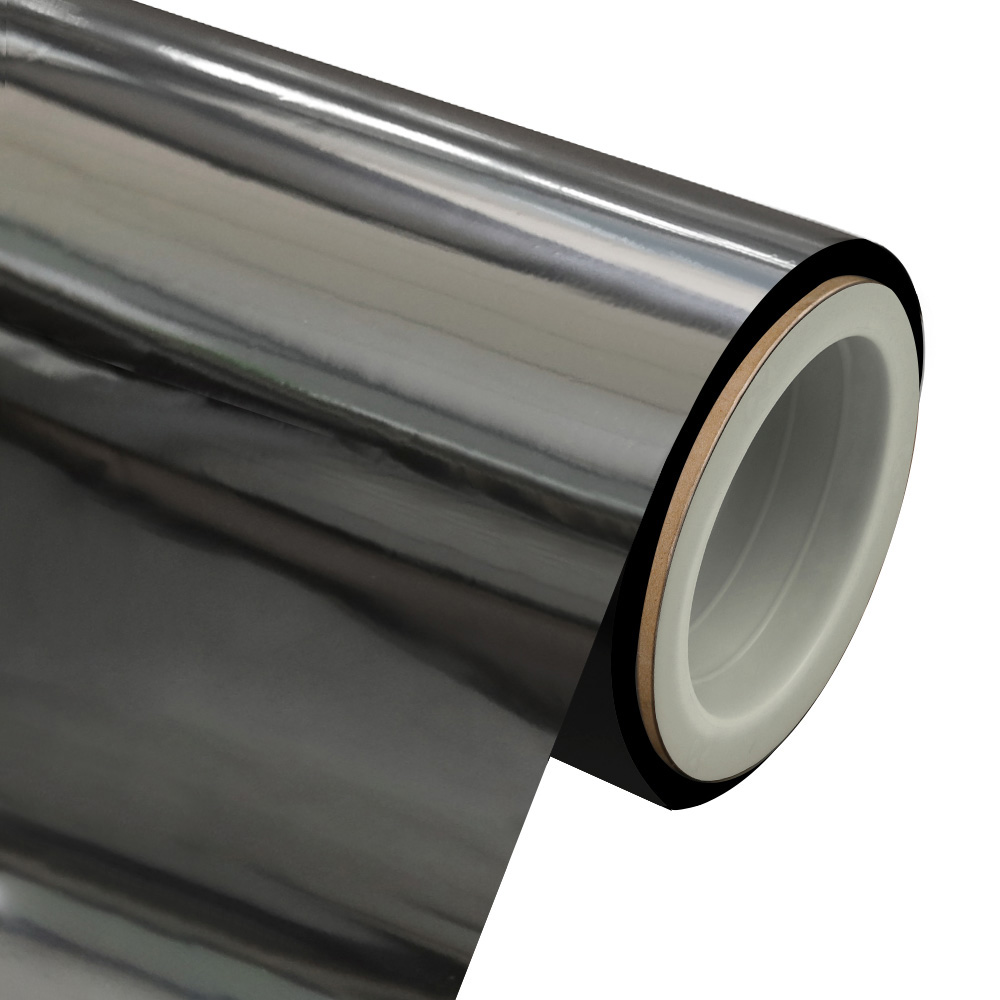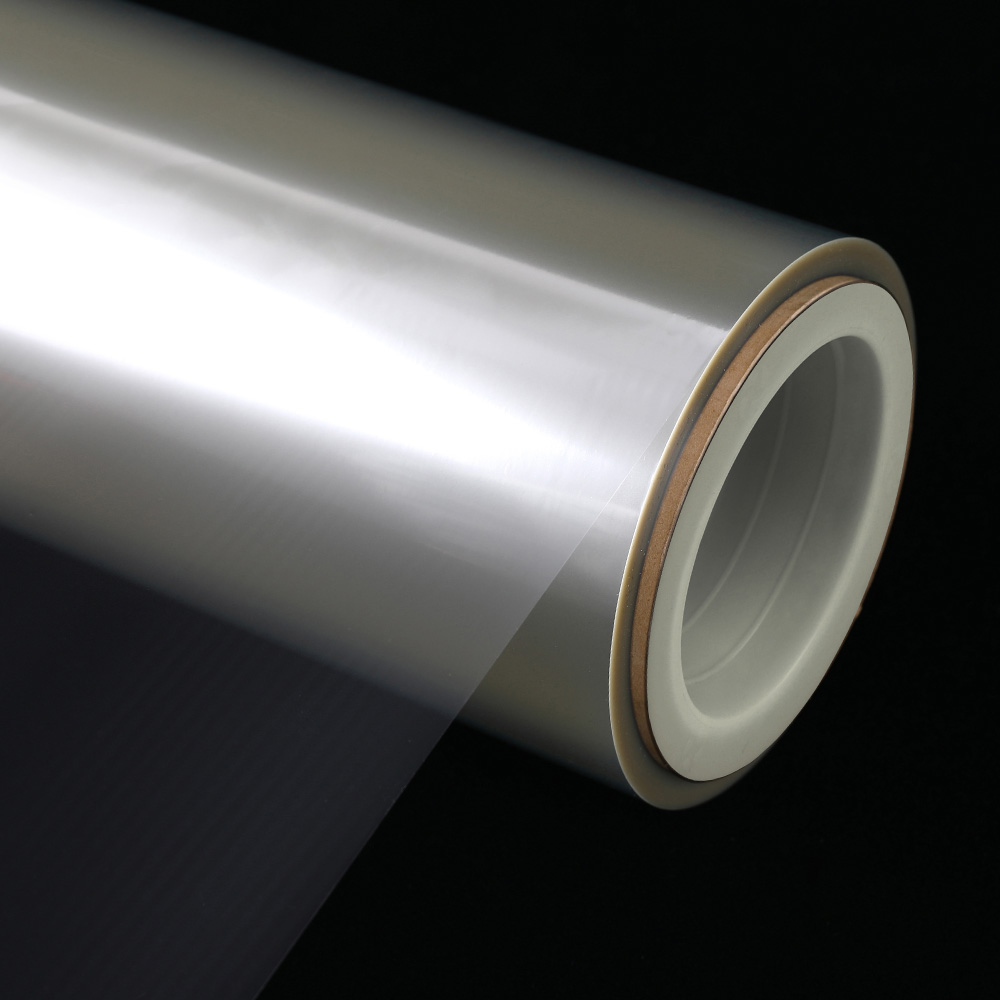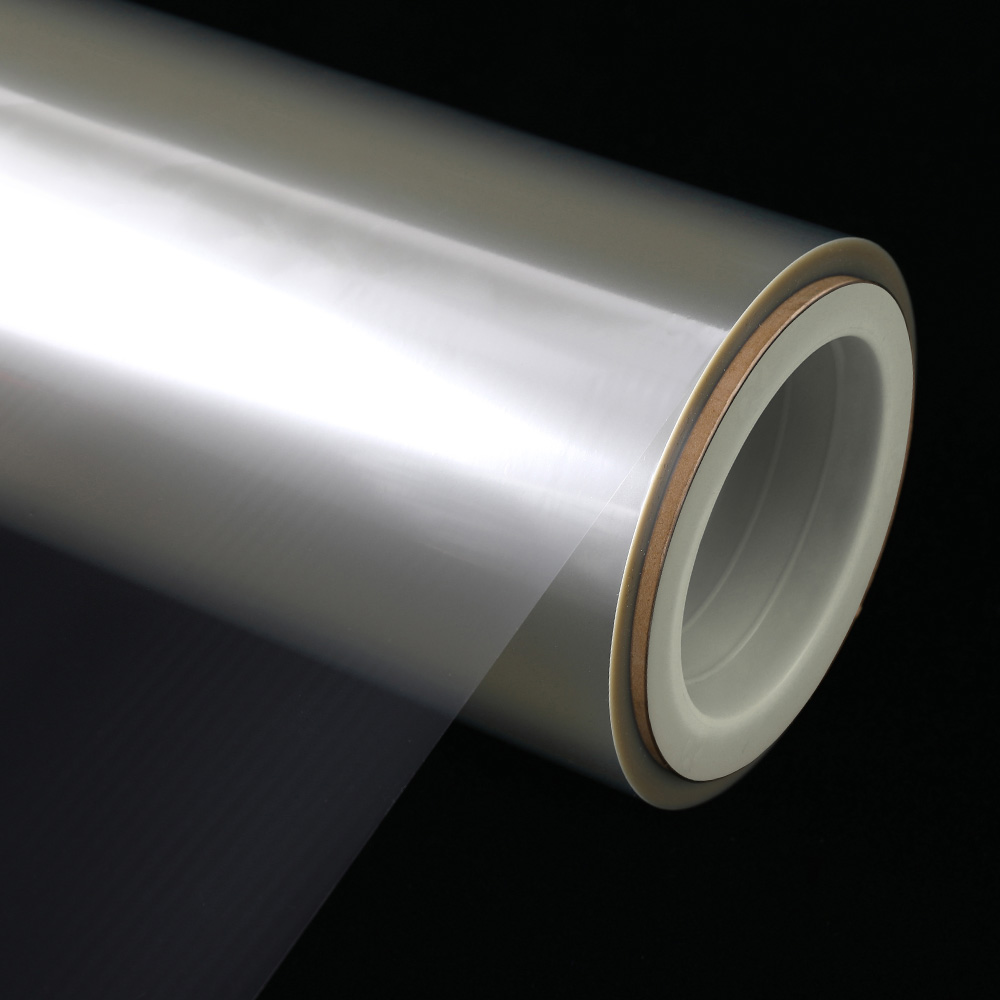Innovations in Transparent High Barrier Films for Sustainable Packaging Solutions
Packaging plays a crucial role in preserving the quality and shelf-life of food products. However, the conventional packaging materials, such as plastic films, often fail to provide the required level of protection against oxygen and moisture, which can to spoilage and waste. Moreover, plastic packaging has a detrimental impact on the environment, as it takes hundreds of years to decompose.
To address these issues, researchers and manufacturers are exploring new materials and technologies that can provide sustainable and effective packaging solutions. One such innovation is transparent high barrier films, which offer the better of both worlds – protection and sustainability.
Transparent high barrier films are made by combining various polymers and barrier materials that can block the transmission of oxygen and moisture while still maintaining transparency. These films are ideal for packaging food products such as meat, cheese, snacks, and bakery items, as they protect the product from external factors that can cause spoilage or degradation.


Several companies have already started using transparent high barrier films for their packaging needs. For instance, Nestle, one of the world's largest food and beverage companies, has introduced a new packaging technology that uses a transparent high barrier film to pack their snacks. The film is made from a blend of polyethylene and ethylene vinyl alcohol (EVOH) and provides protection against oxygen and moisture, thereby preserving the freshness of the snacks.
Similarly, Danone, a ing dairy company, has also adopted transparent high barrier films for their products. They have introduced a new range of yogurts that are packed in a fully recyclable and transparent high barrier film. The film is made from a unique blend of polymers and nano-clay particles that provide an effective barrier against oxygen and moisture, ensuring the shelf-life of the product.
Apart from their protective properties, transparent high barrier films also offer several other benefits. They are lightweight, flexible, and easy to use, making them ideal for on-the-go packaging needs. Moreover, they are recyclable and can be easily incorporated into existing recycling streams, making them a sustainable alternative to traditional plastic packaging materials.
In conclusion, transparent high barrier films are a promising innovation in the field of sustainable packaging solutions. With their barrier properties, transparency, and recyclability, they are poised to revolutionize the way we package and preserve food products. As more companies adopt this technology, we can look forward to a future where sustainable packaging is the norm rather than the exception.


 English
English  中文简体
中文简体 





